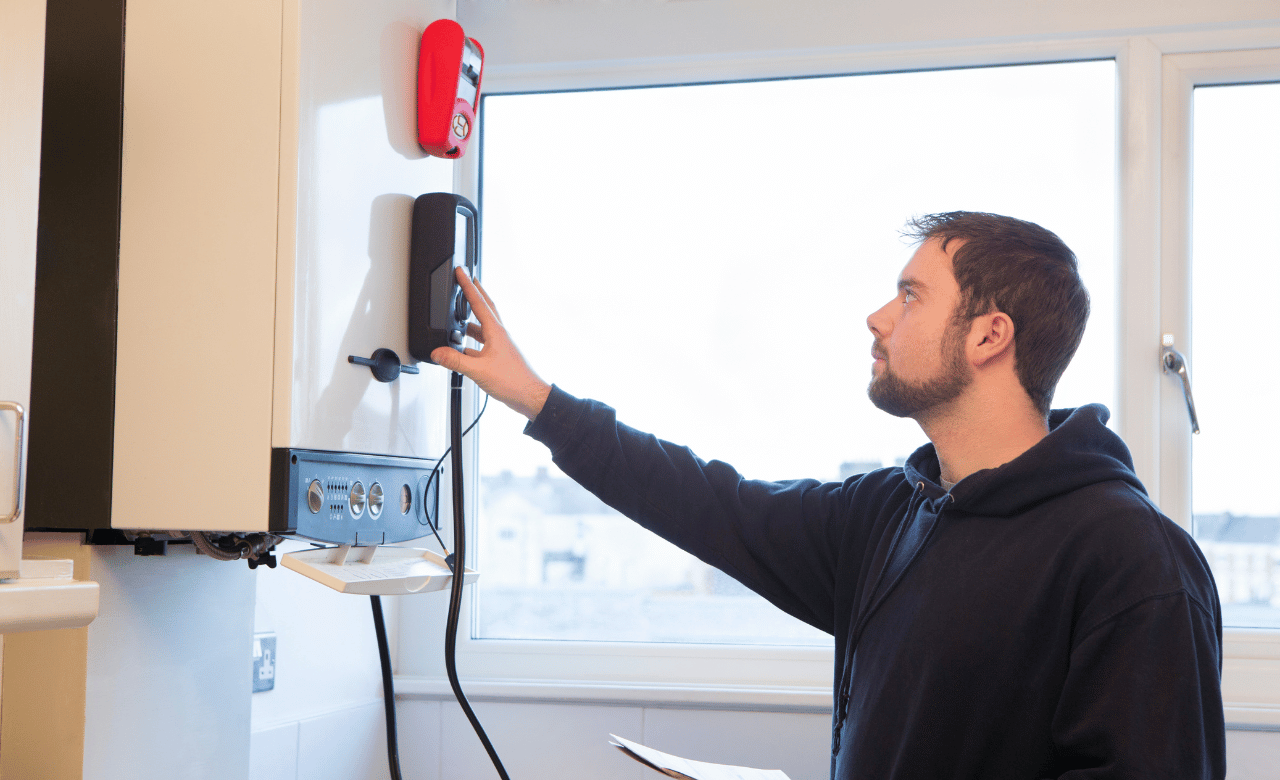Educational Videos vs. Traditional Training Manuals for Housing Associations

In the digital transformation era, the educational landscape for Housing Associations is swiftly changing. Traditional manuals face a challenge from educational videos. Housing Association HR Managers witness this shift.
Are educational videos the new way to transfer knowledge, or do manuals still have a place?
We’re examining the evidence, costs, and benefits to determine the best communication strategy. By the end, you’ll be ready to guide your sector’s educational approach smoothly — visually or through text.
Engagement: The Visual Advantage
When it comes to holding your audience’s attention, videos mop the floor with manuals. Think about it: would you rather sit through a training video with snazzy graphics or leaf through pages of black and white text?
The former wins every time. Videos can combine visual, auditory, and even a sprinkle of text, making knowledge transfer a multi-sensory experience that resonates deeper. They’re not only educational but also entertaining, making learning enjoyable.
And in a sector where staying up-to-date with policy updates is crucial, engagement is key. It can often be a challenge for your Housing Association’s Communication Managers to disseminate important information in a way that staff members and other stakeholders will absorb and retain — and on this front, videos have a clear advantage.
Accessibility: Videos On-the-Go
In the fast-paced world of housing management, accessibility is non-negotiable. Traditional manuals, while sometimes comprehensive and thorough, can’t match the convenience of instructional videos. The ability to revisit material easily, pause and play, and enabling employees to learn at their own pace is a game-changer.
For Housing Associations stretched across geographical areas, this accessibility can be particularly invaluable. It standardises training across the board, ensuring staff in different locations receive identical information and that it is communicated in the same way.

Cost Efficiency: The Video’s Not-So-Hidden Value
At first glance, the cost of producing a video compared to printing a manual might seem like an uneven match. However, when we consider the longevity and reusability of educational videos, the scales start to level out. Modern videos can be assets that keep giving — as long as the topic remains relevant, the video can keep training new staff, year in, year out.
There’s also the environmental aspect to weigh in. Digital content, on the face of it, reduces an organisation’s carbon footprint. Though not always the case, given the rapidly evolving technology needed to produce and distribute videos, it’s a point that should be noted.
Real-World Examples: Learning Through Experience
One of the most powerful features of educational videos is their ability to demonstrate. Staff can watch as problems are solved or tasks are completed, mirroring the real-world scenarios that they’ll face in the field. This practical application is often missing in written manuals, which tend to be more conceptual.
For Housing Associations dealing with maintenance and repair, this is invaluable. You can’t teach someone to fix a boiler by simply reading a step-by-step guide; they need to watch it unfold to understand the intricacies and the potential pitfalls.

Interactive Feedback: Videos That Listen
The one-way street of traditional manuals is overrun by the give-and-take nature of educational videos. Video content can include interactive features, like quizzes and assessments, which not only solidify learning but also provide management with valuable feedback. Understanding where staff face difficulty can lead to targeted improvements in both the training and, ultimately, the operations of the Housing Association.
Update Flexibility: Dynamic Content
Policies and procedures in the housing sector are fluid, responding to new legal requirements and best practices. Videos can capture this dynamism better than bulky printed manuals. They’re easy to update and can keep apace with changes, whereas manuals often become out-of-date soon after they’re printed.
This doesn’t just save on reams of paper but also on hours of backtracking and retraining staff on updated information.

Emotional Connection: The Heart of Video Learning
Humans are emotional beings, and we tend to remember things that make us feel. Videos have the upper hand here as they can use storytelling and music to reinforce learning, eliciting an emotional response that sticks. A well-crafted video has the power to create a bond between your staff and the content they’re learning in a way that a manual often can’t.
Analytical Insights: Data-Driven Decisions
Video platforms are teeming with analytics that give real-time insights on viewer engagement, completion rates, and even areas where viewers might have rewound or re-watched sections. This data is a goldmine for honing your educational content. You’ll know what works and what doesn’t, allowing you to make data-driven decisions that refine your training material into a potent educational tool.

Conclusion
Videos excel in effectiveness and engagement, potentially overshadowing traditional manuals. Housing Associations must choose tools that suit their needs best – a mix of manuals and videos could be optimal. Embracing educational videos is an investment in the language of the future workforce. While videos may not fully replace manuals, they offer a more engaging and accessible way to educate. Consider this transformation as Housing Associations evolve. Will you opt for the future with videos, or stick with the tried and tested manual?
To discover how Super Motion can help you to use video to deliver engaging educational videos, book a free 30-minute strategy call with us.
